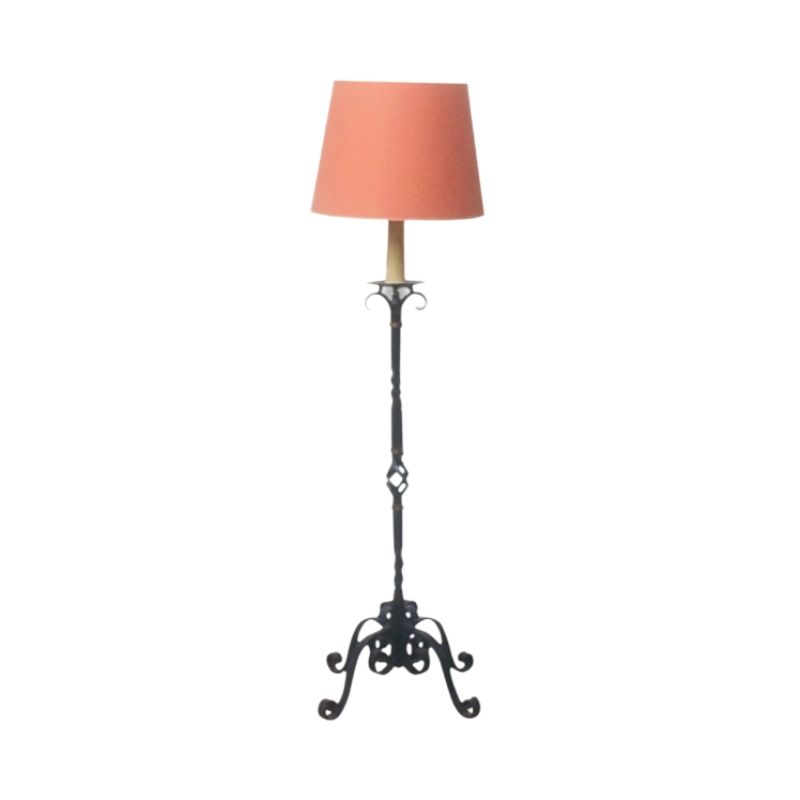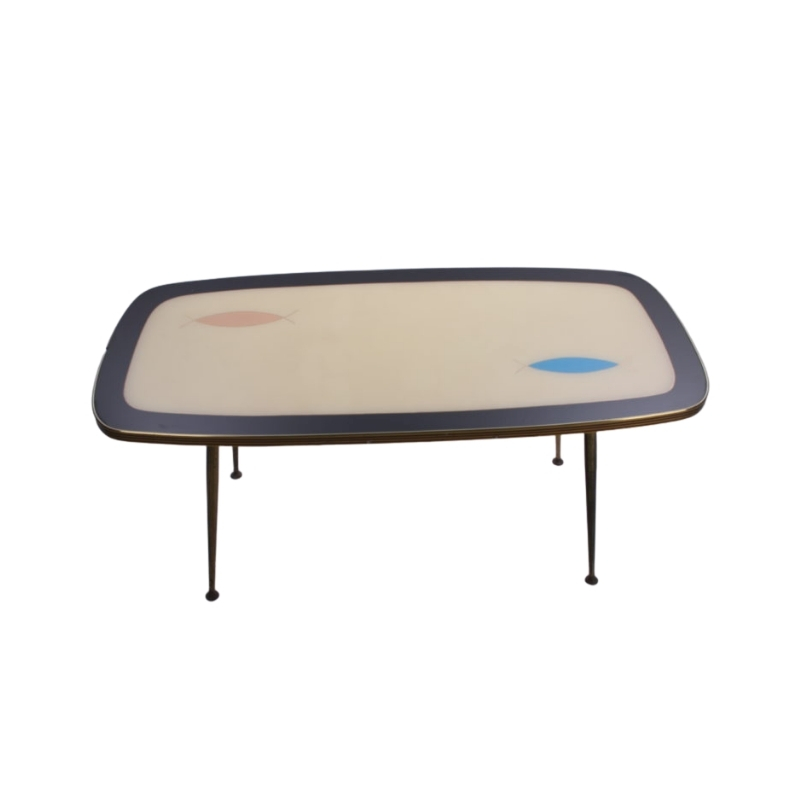Just got back from a visit to Portland. Wonderful city. Alive and liveable and thriving. It works both for residents and for visitors. I would argue that it is the only major downtown in America that has that has come close to solving the major problems facing most American cities--congestion, crime, ugliness, and unhappiness. Portland offers about the friendliest big city folk I have run into, and they seem just plain happy to be in Portland. It is clean and it appears the citizens like it that way and keep it that way. Portland is more handsome than beautiful, but its handsomeness goes to the bone, whereas my other favorite American city, San Francisco, is beautiful beyond compare, but Bagdad by the Bay's beauty is largely skin deep and reveals warts and wrinkles when you get up close and personal with her; that of course is part of her whore-ish charm, but I digress. Portland, a town founded by and for pirates, has matured into a fine city in the way many great former pirate dens mature into fine cities (Note: pirates must have great natural instincts for locations that would make fine cities).
But Portland also is proof positive that a fine city can survive and thrive inspite of big and significant post modern architecture, and big architecture undeniably descended from the Post Modern.
I made a bee line to see Michael Graves' Portland Public Services building. I had seen it once or twice before (not long after it was built), but the hurry of business had prevented me from looking it over closely and the currents of life had never returned me to Portland in the interim.
Finally, being in Portland strictly for R&R for four days recently let me look the PPS over closely and (sigh) what a disappointment it was.

continued
From pictures and afar, I have always thought the PPS by Graves to be one example, at least, of Post Modernist architecture that worked, that could legitimately be called a minor masterpiece. It looks so right in pictures, so definitively post modern, so monumental, so Lego block amusing, so now and nutty (and for all time) ironic. It has always seemed the best that PoMod could have ever hoped to achieve with its wildly inadequate philosophy.
First hand experience, and a bit of building touching, and ogling, and walking around, left me disenchanted. No, I did not get inside. I was spirited away before doing so, and then never got back. Such was my disappointment with the outside that I did not wish to go inside.
Oh PPS still has those down-the-road graphics former Chrysler designer Tom Gale liked, those ones that make it unmistakeable even far away and when the broadleafs downtown make it somewhat hard to see in a frontal approach by car.
But in 2009, scoping just the street level, it just looks kind of awkward and ticky tacky. There is no joke anymore, no brashness anymore. It is just a building with cheap looking surfaces and incongrous forms one drives by and doesn't particularly like the look of. Without the big picture, this building is not appealing or interesting. Compare this to something like the Guggenheim, where every angle and curve and ornament is just as fascinating three inches away, as when viewed as part of the whole from a block away.
The PPS no longer makes a meaningful comment anymore about modernist buildings. The downtown buildings offer so much variety, so much counterpoint to one and all, in what has followed PPS that PPS just looks like one more variation on the urban theme, i.e., something still distinctive but not really contrasting anymore.
continued
The building that snapped me out of my disappointment was one nearby I had neither seen, nor heard of before: the 1997 Mark O. Hatfield Federal Courthouse (HFC) architected by Kohn Pedersen Fox Associates of New York and Broome, Oringdulph, Randolph, and Associates (BOORA) of Portland, Oregon.
The HFC is not nearly so photogenic as the PPS. It does not look like it was made out of Legos. It sets up no punchline.
The HFC is in fact, exemplary of a wave of architecture, the butt end of Post Modernism, if you will, the last decade or so in which post modernism was shorn of most of its ironic ornament and left with its vestigial complexity and contradiction of forms, plus some kind of cheeky attempts at making modernist forms not only the underpinning form language, but also, weirdly enough, an ironic formal referrent, also.
In the HFC building we see facades of inverted massing and neutral bouyancy coupled to traditional modernist geometric massing. We see a flat roof floating over a roof with a bisecting, vertical strut contradicting that floating effect. And this is all just in the short cubic building in front. The tall tower is a contradiction of that cubic form and it boasts an arching floating roof.
The HFC is not a feel good building however. It is yet another recent Federal building that exudes an oppressive imperiousness. Unlike our old Federal buildings that once exuded the openness and exhaltation of republican government, or at least some classical notion of justice, now our Federal buildings all look like siege fortresses, or bunkers where one's Miranda and constitutional rights probably will be respected begrudgingly, if at all.
Nevertheless, I would submit that the HFC works and fascinates and fits into the urban mosaic remarkably well. It also rewards contemplation with insight and understanding of our society. But will it 30 years from now in a way that PPS seems to have lost its ability to? I suspect yes.
HFC is hardly a great building. It may not even be an exceptional one. But it is certainly a good and interesting one, one that made me think and respond to it in a rewarding way, one that looks authentic to its task and fascinating in its forms and unified despite its complexity and contradiction.
It's hard for me to see a...
It's hard for me to see a building by Graves and not think almost immediately of one of his silly toasters or tea kettles for Target, and this one is no exception.
Pass the butter, please.
That bowed roof on the tower of the second Portland building you picture, dc, has begun to show up in Lincoln, Nebraska, over the past few years: at two new Lincoln City Libraries (Eiseley & Walt branches) and at the new Mary Riepma Ross film center.
Another city in the USA I find pleasing in some of the same manner that you speak of Portland is Minneapolis.
hudsonhonu...
Yes, that curved roof is a fascinating bit of language. Now that you mention it, I recall it in a number of other buildings also. Thanks for the nudge on that one. 🙂
I have heard that Minneapolis has done well too, but have not been since passing through each summer on the way to the Border Waters when a small boy. My fondest memory of Minneapolis is not the current renaissance of the city (which I hope to view when time and chance permit), nor the raspberry beret days of Prince, but waaaaaaaaaaaay back in the early 1960s when my parents took me to a restaurant maybe on top of the old Hotel Curtis, or somewhere. It was called Charley's and for a long time in my young eyes it was my definition of what a great restaurant ought to be. I remember a lot of wood and some mirrors, but the place was not dark like chop house, or new. It was apparently an institution in the old days. The place looked "expensive" and the waiters were refined and knowledgeable and wore what seems like black bow ties, starched white shirts and black coats. The patrons dressed sharply in those days. I believe I had frog legs there and steak the other years, but can't swear to the frog legs. Don't ask me to recall much more, because it has been so long ago.
Ah, travel, as Sinclair Lewis wrote, it is so broadening, even to the second tier cities that Fitzgerald found so stifling.
I find the Graves building...
I find the Graves building cartoonish...Egyptian influenced PoMo. Not to say I don't enjoy looking at it. I might be in Portland later this fall. Should I go...will give it a walk around in person...maybe even sneak in.
The second building's curved roof that Hudson was admiring seems commonplace around Chicago. There's a few I know of and will snap pics next chance I get. I find these types to have strong water/seafaring/sailing references....and it's not the blue/jade tint waterfall windows. These curves definitely break up the rigid formality that often give squared buildings a bleak look. A kind of finishing off hat to compliment a crispy suit?
Yes, woof, the curved roof...
Yes, woof, the curved roof in compliment to the flat roof, or working as a break in an otherwise long/large straight expanse. That's what we have in Lincoln, that type of vaulted missile silo or bowed roof in unison with another roofline on the same building. Interesting to see this roof covering the entire expanse of the tower in that photo that dcwilson linked.
I wonder where that curvilinear emphasis began to fully take hold in architecture - I'm thinking modernly of the Marin Civic Center, and Gehry comes to mind, plus a whole host of others. (I recall Johnson speaking in a documentary about one of his buildings at the Glass House site).
Where I'm from, it seems it was simply an easy metal quonset answer to a simple problem of shelter, an airplane hanger for Pipers and Apaches and assorted sprayplanes in a small midwestern farming town population 790 circa 1970.
Obviously, it is borne some today of the green movement, the physical laws of heat, light, sound, force, etc., being primarily non-linear. Technologies, of course, have bent more toward the rectilinear. And there is an aesthetic issue at work, too, among other things: most eyes, I'm afraid, prefer the perceived (in)stability of a fixed angle.
I'm not - and fear will never be - a big fan of the geodesic dome, absolutely hate with a passion to sit in metropolitan American sporting enclosures.
Really enjoyed your memory of Minneapolis, dc. If you didn't have frog legs at the Curtis, you should have. One memory of my youth is getting to travel to a Chiefs game when I was ten or twelve and staying at the fabulously new and amazing Crown Center, and being forced to go see what my dad and uncle (the only people in the station wagon who believed so) claimed was a Kansas City landmark, and spoke of that day in terms something like you speak of the Curtis, known in Kansas City and around the world, or at least in my dad's world, as the Muehlbach Hotel.
Muehlbach Hotel...
Oh, yes, THAT was a fine old hotel in downtown KC. It was across from the art deco, poured concrete Municipal Auditorium built by old city boss Tom Pendergast--the auditorium, I mean. Both hotel and auditorium remain, as of a few years ago. The hotel was not much to look at, but it was the most prestigious hotel for a long time and I was always obsessed as a child with the tunnel that connected the hotel to the Municipal Auditorium underground parking structure. Don't know why exactly, but it seemed the closest thing we had in KC to an underground secret passage. 🙂 The hotel was locally owned. The pre-chain top tier hotels were quite wonderful places. Each was very unique and persons tended to collect staying in them in major cities around the country the way that persons visit unique restaurants in major cities today. Here is an interesting bit of history about the great old hotels and suggests IMHO why they were so great for so long in USA, before finally succumbing to the cancer of standardization by chains.
In 19th Century America, especially before say 1870, hotels were where many of the affluent and even some of the middle class lived full time. Many of the poorer folk lived in what today are called transient hotels, or flop houses. You can see the low end hotels still in the Tenderloin of San Francisco. America had adopted hotels in the 19th Century, as a dominant housing mode. I suspect it had something to do with the heightened degree of transience in America, but I have never researched Europe, so maybe it was the same there, too. Anyway, the hotels were communities that were part permanent residences and part transient. They were also the central hub of socialization. Hotel restaurants had to cook really great food that one could eat as one's steady diet, rather than the sizzle and bling crap that even most top hotels serve today. Many, if not most top hotels of the 19th Century American midwest and west had French chefs preparing food. America during the first half of the 19th Century had a then seemingly boundless supply of fresh game, plus cattle and hogs emerging, plus a lot of indigenous, fresh, wild and cultivated fruits and berries the cooks drew upon.
cont.
My knowledge of the above comes largely from a tour book written by an Englishman touring the Mississippi River basin just before the Civil War. His purpose in writing the book was likely to size up America and familiarize the English mercantilists with America, when the hoped for American Civil War the British financiers were underwriting, finally erupted and opened America for easy pickings for the English. Yes, Mabel, the British and French really did seek to finance both sides in America in hopes of dividing and conquering the upstart USA and recovering control over the geostrategic importance of USA at the time.
Regardless, it was a book written for Englishman who planned on touring America. He said in no uncertain terms that food and cooking in America was at the time generally superior to what an Englishman could expect touring England, or the continent of Europe. He said hotel's and river boats offered magnifiently prepared, fresh food in large quantities and that Americans at that time ate better faire than the English or the Europeans, even some of the highest classes of both. He mentioned menus and the dishes were what I today think of as northern French cuisine, Norman and Burgundian adapted to local berries and fruits and wild game, plus the usual beef and pork and chicken dishes. I saw no sign of Provencal or Cajun or Creole style dishes in the midwest and upper midwest, though he mentioned those in relation to New Orleans. Sorry I can't recall the author and book title, but its been ten years since I read it in my first edition book collecting days.
cont.
My point is: once upon a time, we Americans were very gregarious and accustomed and happy with high density living in hotels with great, shared cooking and eating. In a country not yet able to support opera and symphonies in every town, and where the stage was a travelling sort in many cities, people gained much entertainment and recreation from socializing in hotels and river boats.
The industrial age eventually changed all that in the late 1800s and early 1900s, as it already largely had changed England in the early 1800s. Many workers were moved out of traditional agrarian settlements into factory towns. The factory towns offered row houses, which apparently held some appeal initially. And slowly the gregarious, polyglot democratic America was ordered into single household isolation, whether in apartment buildings with their own kitchens, or subdivisions with houses with their own kitchens, or mansions with their own kitchens. Over the span of about 50-75 years Americans ceased sitting down to dinner with each other and so ceased knowing each other. We became a nation of strangers, as I believe Vance Packard once referred to us. We have been trying all manner of social clubs and churches and country clubs and restaurants and fitness clubs now the internet ever since as outlets for our primal need for interaction and discourse with familiars. Looking back, I think many, if not most of us living in hotels and breaking bread together day after day, and moving into yet another hotel community and doing the same, enable a democratic America that has since been on the decline in favor of an authoritarian, empire America. Perhaps designers and architects need to revisit the hotel model not just for old folks drifting off into senility, but for the rest of us as well. If you are ever in St. Joseph's Missouri, I remember there was a Roubidoux Hotel there that was run down in the 1960s, but which was a renowned hotel in the 19th Century. There is another survivor, I believe in Dubuque, Iowa. They represent a legacy that is worth exploring in order to find a more humane future path of living in America, if America is to retain any of its democratic heritage at all. Increasingly today, USA is a central bank ruled police state maintaining the superficial rituals of republic these days, but our underlying democratic roots remain to be watered and cultivated and nurtured once again. The good of the past, not just the evil of it, proves what can happen again in contemporary forms.
That sounds like a...
That sounds like a fascinating book, dc. I'll try to track it down. Don't know much about the history of the hotel here, except to say that Lincoln had its downtown one, (similar I think to The Curtis) known as the Cornhusker, which was imploded sometime in the 1980s, with a new Cornhusker being built just a few blocks away. One thing I can say for certain is that the new one, built to the same specs as the old one, lacks what, for better or worse, could be called the old one's soul.
And, while I tend to accept, and am intrigued by, correlations of cultural upheaval in the US tied to the big box notion of industrialization, I don't think we give nearly enough credit for our demise to the more subtle small box notion called television.
Speaking of that, I recall my dad telling us kids that day in the early 1970s - when he drove us downtwon in the station wagon to see the great Kansas City sites - that Truman had a penthouse in the Muehlbach during his presidency, making it, he claimed, kind of the midwestern White House.
And I remember my uncle Jack - sensing our total lack of admiration or wonderment - adding that the Beatles and Elvis had also stayed there, his Elvis sadly, of course, being Elvis circa Follow That Dream or Blue Hawaii, and not the only one we knew at the time: a singing sweaty fat guy with big sideburns, in a white bell-bottomed jumpsuit.
That first photo is pretty 'cute' and weird
that kind of post-post-modern archetecture leaves me cold. In downtown Minneapolis, there is a series of pastel colored buildings that were built in the mid-1990's and they're too precious for my tastes.
I understand that archetecture must move forward (blah, blah, blah), but many 'current' buildings are trying to be cute and inovative. Gimme the clean lines of the International style of the 1950's and 1960's.
One of our prized buildings here is Philip Johnson's IDS Center, built in the 1960's. It's a nice building, but like the late World Trade Centers, the size and scale of the building is/was the problem; too big and tall for its space.
Hard to look at Minneapolis...
Hard to look at Minneapolis without considering the impact of Ralph Rapson. Yet the Walker demolished the Guthrie, and time moves on. I'm not certain I entirely get your concern for scale in commercial spaces; it's the juxtaposition of various sizes and shapes and styles in metropolitan areas that I find most interesting, I guess, that veritable odd jag of the city skyline people are often given to talking about.
Out here in Lincoln, Nebraska, it's been decreed that no building can be taller than the State Capitol, which I find to be a borish position at best.
If you need any help, please contact us at – info@designaddict.com









